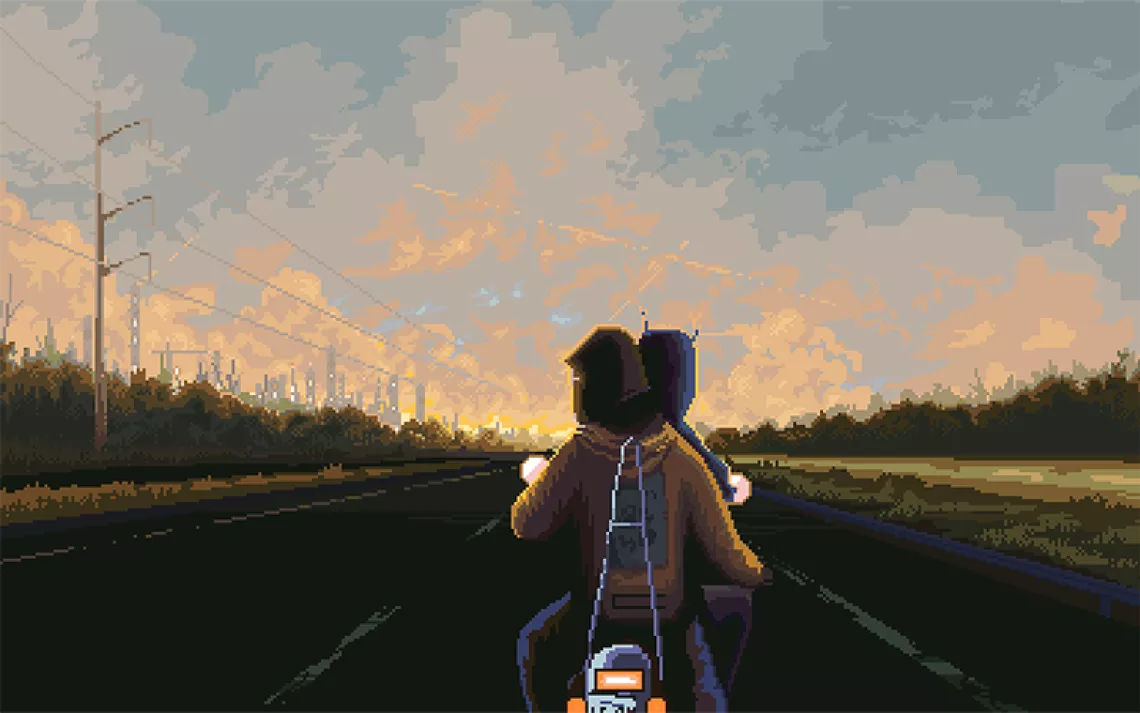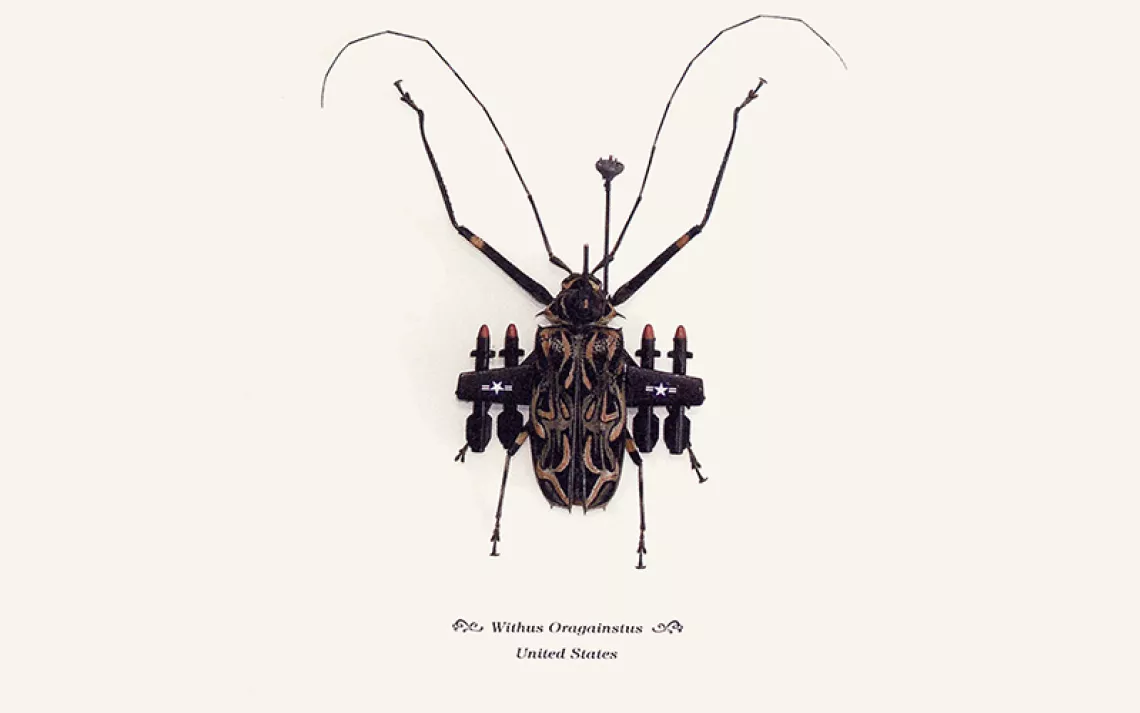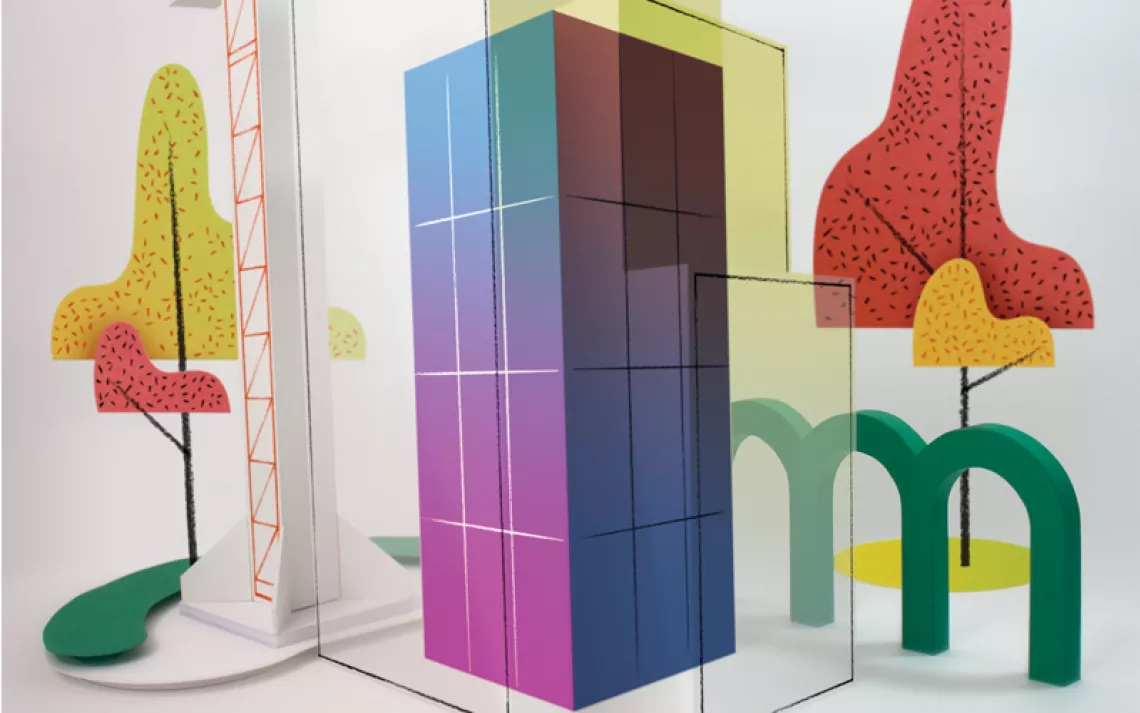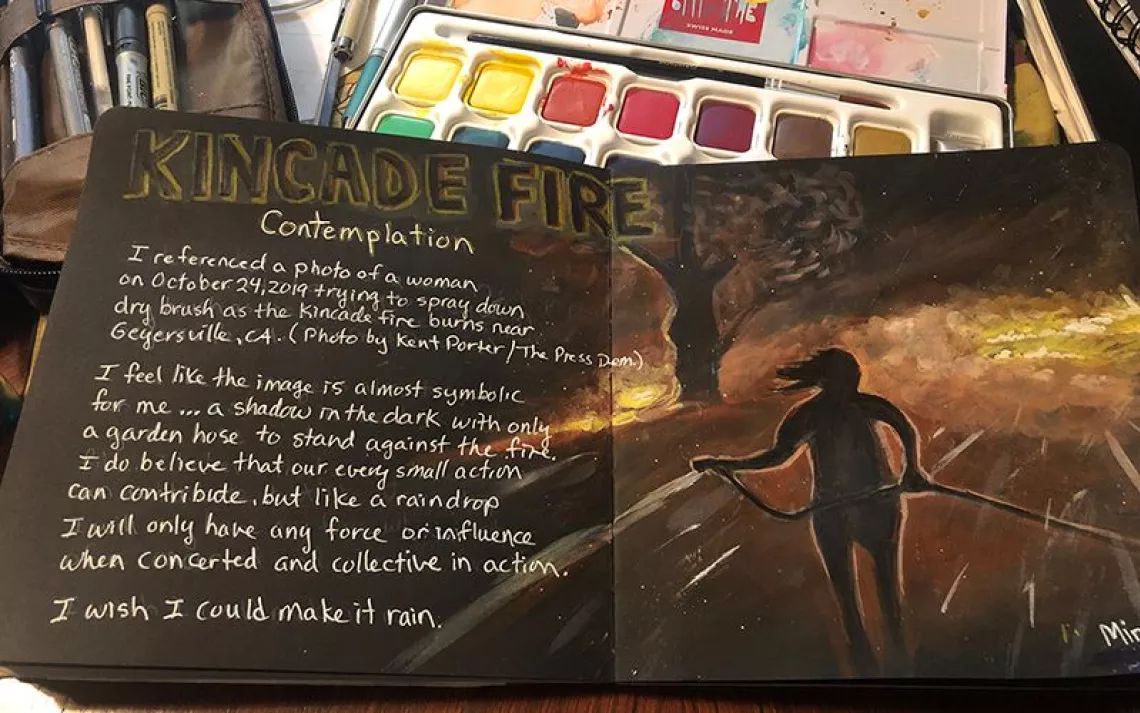Generation X Author Douglas Coupland Turns Ocean Trash Into Art
The artist reimagines the Great Pacific Garbage Patch and sends it on tour
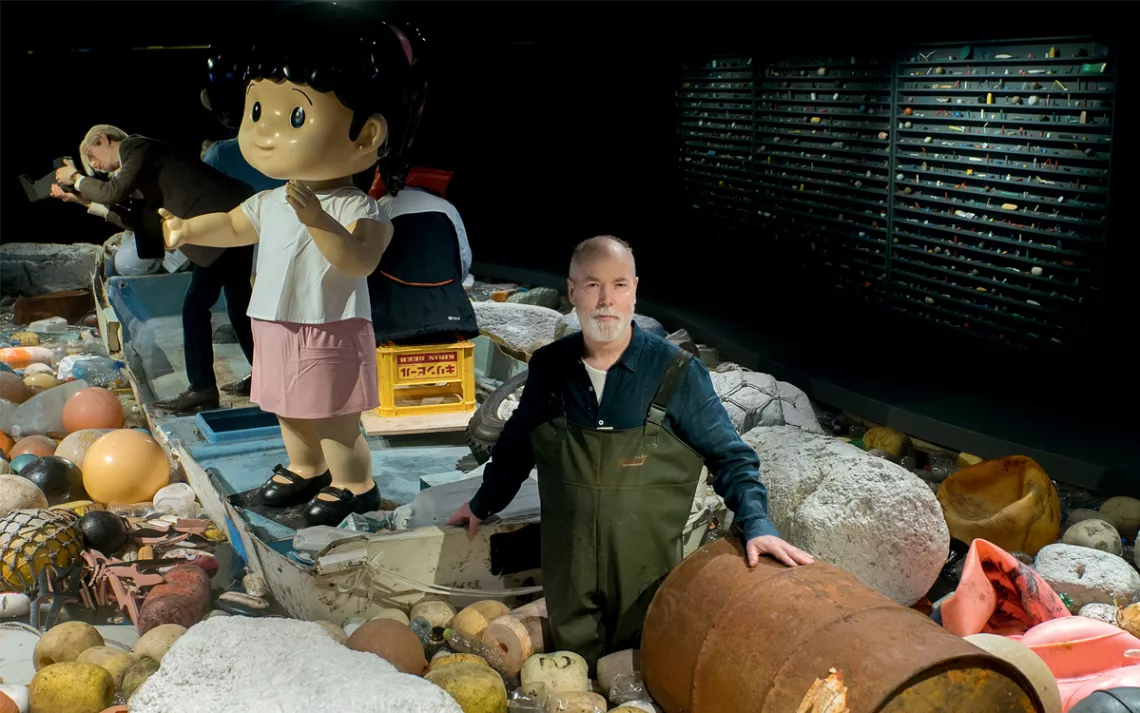
Douglas Coupland wades among marine debris, part of his Vortex exhibition at the Vancouver Aquarium. | Photo courtesy of Vancouver Aquarium/Ocean Wise
On the edge of the continental shelf, some 60 miles west of British Columbia's northern coast, lies an archipelago called Haida Gwaii. The landscape is "the one place on Earth I consider truly sacred," says Canadian artist and author Douglas Coupland, best known for his book Generation X: Tales for an Accelerated Culture (1991). "You can stand there in moss two feet deep beside trees 500 feet tall, with ravens croaking somewhere above, and you realize that these things are as alive as you."
On one visit in 2013, Coupland discovered that the islands weren't all wild enchantment. He was exploring the Rose Spit, at the northern end of Haida Gwaii, when he looked down and saw plastic. A bottle of Japanese cleaning solution had floated across the ocean. "This experience evangelized me. What is happening in the Pacific? What is our new ocean reality?"
An artist attuned to the zeitgeist—Coupland's work has included 13 novels, public art, and museum exhibitions as well as an artist-in-residence stint at the Paris Google Cultural Institute—he responded with a full-scale artistic visualization of the detritus of consumerism. Vortex, exhibiting at the Vancouver Aquarium through April 2019, was created out of hundreds of pieces of garbage collected from Haida Gwaii's shores by Coupland, members of the Haida First Nation, and volunteers from the Great Canadian Shoreline Cleanup. The rubbish undulates across 13,209 gallons of water in a custom-made tank—a colossal simulation of the Pacific Trash Vortex and the focal point of the exhibition.
"People discuss the Pacific Trash Vortex, or the Great Pacific Garbage Patch, but there aren't any images of it," Coupland says. "It exists and yet it doesn't. It made me start wondering, what could it look like?"
Vortex's central installation also includes the wreck of a fishing boat whose crew of four represents the past (a camera-wielding Andy Warhol of the plastic-is-fantastic era), the present (a Sudanese migrant woman holding a plastic water bottle), and the future (oversize Plastic Boy and Plastic Girl bobbleheads grasping smartphones). Inspired by 19th-century French Romantic painter Théodore Géricault's The Raft of the Medusa—a huge and politically charged canvas depicting desperate survivors of ocean tragedy clinging to a makeshift raft—the piece confronts viewers with the modern day's looming marine disaster.
Vortex's other installations are just as jarring. One controversial living display shows jellyfish gyrating alongside plastic bottles. A ceiling-to-floor display of objects culled from Haida Gwaii's coastline features a bevy of bottle caps, one bearing Snapple's (now) ironic "Made from the best stuff on Earth" slogan.
The intention of Vortex is to shock, a bit, but it's also to spark awareness and change. To that end, the Vancouver Aquarium's Ocean Wise program has launched the #BePlasticWise pledge in conjunction with the exhibition as a way for people to participate in monthly challenges to reduce single-use plastics.
"It's so depressing," one viewer said. His young son responded, "I'm so happy they make museums like this so they can take this stuff from the ocean." Vortex may seem incongruous within its aquarium context, but again, that's the point.
Plans are in the works to take Vortex on a worldwide tour. In the meantime, visitors can do their part after exiting the aquarium by picking up plastic trash from the Vancouver seawall before it blows into the Pacific Ocean.
This article appeared in the November/December 2018 edition with the headline "Plastic Not Fantastic."
 The Magazine of The Sierra Club
The Magazine of The Sierra Club
